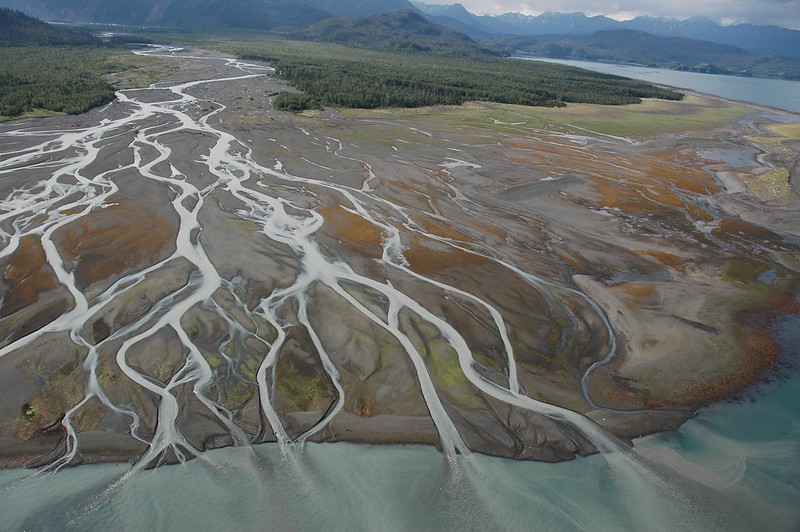Roadmap for Answer Writing 1. Introduction (30-40 words) Briefly introduce ENSO as a recurring climate phenomenon. Mention that it involves changes in sea surface temperatures in the Pacific Ocean, influencing weather patterns globally. Example: “The El Niño-Southern Oscillation (ENSO) is a periodic climate pattern ...
Ocean currents mainly result from the interaction of wind forces, that are basically driven by temperature differences arising from the heating of solar radiation, and the Coriolis effect due to Earth's rotation. This means a combination of factors induce the large-scale movements of water around thRead more
Ocean currents mainly result from the interaction of wind forces, that are basically driven by temperature differences arising from the heating of solar radiation, and the Coriolis effect due to Earth’s rotation. This means a combination of factors induce the large-scale movements of water around the world. Besides these, variations in the density of water, based on their temperature and salinity, contribute to inducing the vertical circulation, often referred to as thermohaline circulation, which then contributes to governing the global climate and marine ecosystems.
- Effects on climate: Warm Ocean currents, as the Gulf Stream, transfer warmth from equatorial regions toward higher latitudes, warming local conditions there by moderating coastal climates. Conversely, cold ocean currents cool adjacent areas and may even be responsible for more moderate or cooler coastal climates. S
- Fishing Impact: Ocean currents help in the nutrient upwelling within some regions where cold, nutrient-ice water rises towards the surface. In such up-welling zones, there is such rich fishery as plankton blooms thrive, attracting large fish population and in creating marine biodiversity, making them critical for global fisheries.
- Navigation Implications: Ocean currents also affect maritime navigation. The navigators must make considerations regarding the currents when charting routes since such influence a lot of changes in relation to speed because their forces can act in a manner that increases or hinders travel.



Model Answer The El Niño-Southern Oscillation (ENSO) is a periodic climate pattern, typically occurring every three to seven years, involving significant fluctuations in sea surface temperatures in the central and eastern tropical Pacific Ocean. This oscillation alternates between two phases: El NiñRead more
Model Answer
The El Niño-Southern Oscillation (ENSO) is a periodic climate pattern, typically occurring every three to seven years, involving significant fluctuations in sea surface temperatures in the central and eastern tropical Pacific Ocean. This oscillation alternates between two phases: El Niño (the warm phase) and La Niña (the cold phase).
Global Climate Impacts
Impact on Indian Climate
Conclusion
ENSO, through its influence on global atmospheric circulation, significantly impacts temperature and precipitation patterns across the world, including India, where it affects agriculture, economy, and seasonal weather conditions.
See less